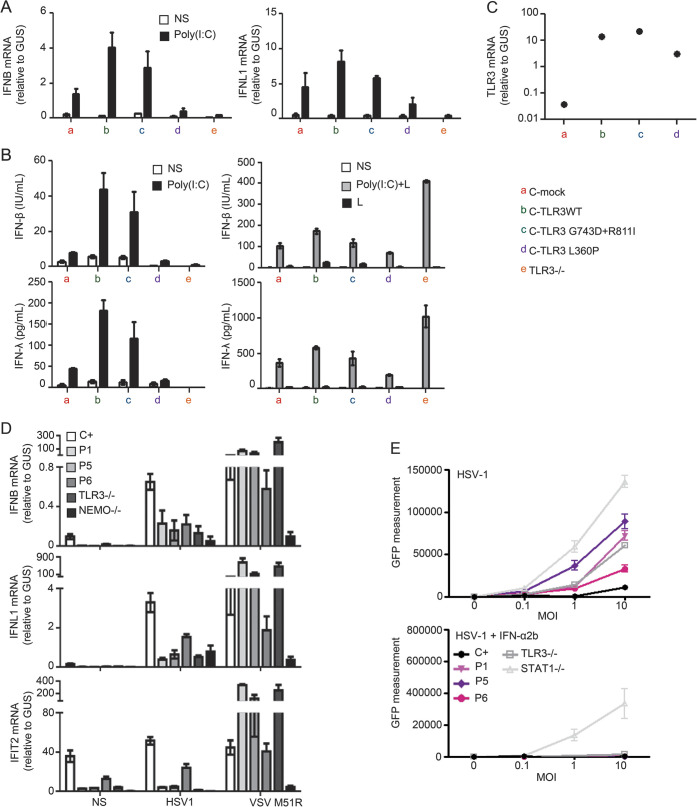Figure 4. Dominant-negative effect of P5 allele and susceptibility of the patients' fibroblasts to herpes simplex virus 1.
(A) The induction of mRNA for IFNB and IFNL1 was assessed by quantitative reverse transcription PCR (RT-qPCR) in the absence of stimulation (NS) or after 4 hours of stimulation with 25 μg/mL polyinosine:polycytidylic acid [poly(I:C)] in SV40 fibroblasts from a healthy control transfected with an empty vector (C-mock) or with various TLR3 alleles, and in cells from a TLR3−/− patient. (B) Production of interferon (IFN)-β and IFN-λ in the absence of stimulation (NS), after 24 hours of stimulation with 25 μg/mL poly(I:C) in the presence of lipofectamine [poly(I:C)+L] or without lipofectamine [poly(I:C)], or lipofectamine alone (L), as assessed by ELISA. (C) The production of TLR3 mRNA was assessed by RT-qPCR in SV40 fibroblasts from healthy controls stably transfected with various TLR3 alleles (wild-type [WT] TLR3, G743D+R811I, L360P mutant TLR3), or a mock vector. GUS was included for normalization. (D) Induction of mRNA for IFNB, IFNL1, and IFIT2 in the absence of stimulation (NS) or after 24 hours of stimulation with herpes simplex virus 1 (HSV-1) at an multiplicity of infection (MOI) of 1, in SV40 fibroblasts from 3 healthy controls, the patients (1, 5, and 6), a TLR3−/− patient, and a NEMO−/− patient. (E) HSV-1 replication, quantified by green fluorescent protein (GFP) measurement, in SV-40 fibroblasts from 3 healthy controls, the patients, a TLR3−/− patient, and a STAT1−/− patient, 24 hours after HSV-1 GFP infection at MOI of 0.1, 1, and 10, with (lower panel) or without (upper panel) 16 hours of pretreatment with IFN-α2b. The data shown are representative of 3 (A, D, E) or 2 (B, C) independent experiments.

